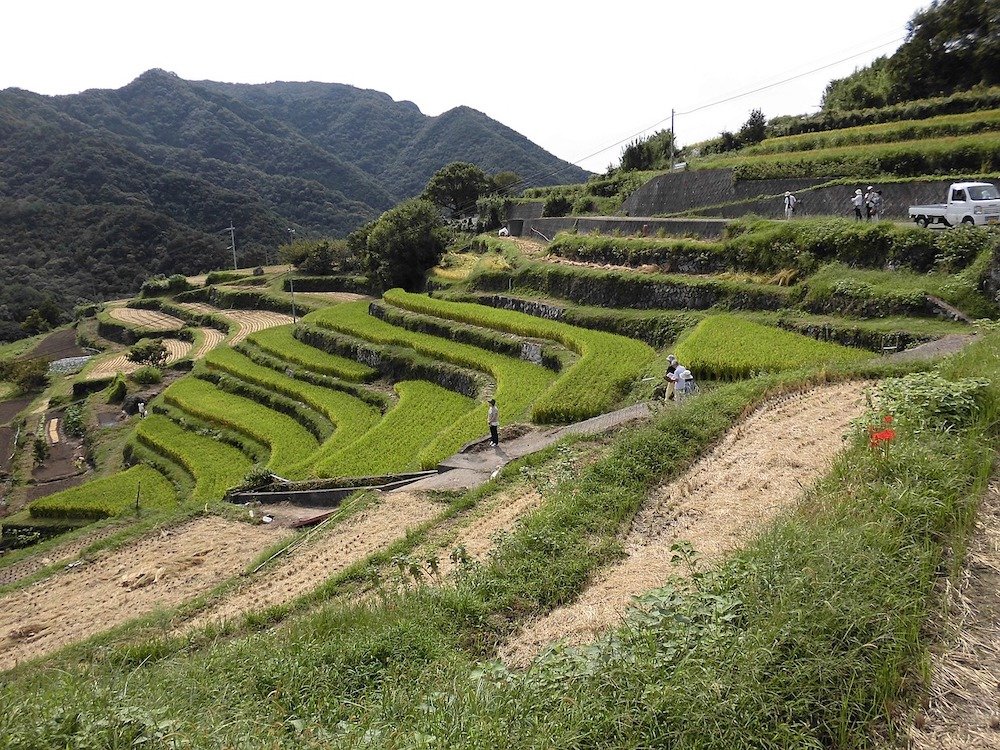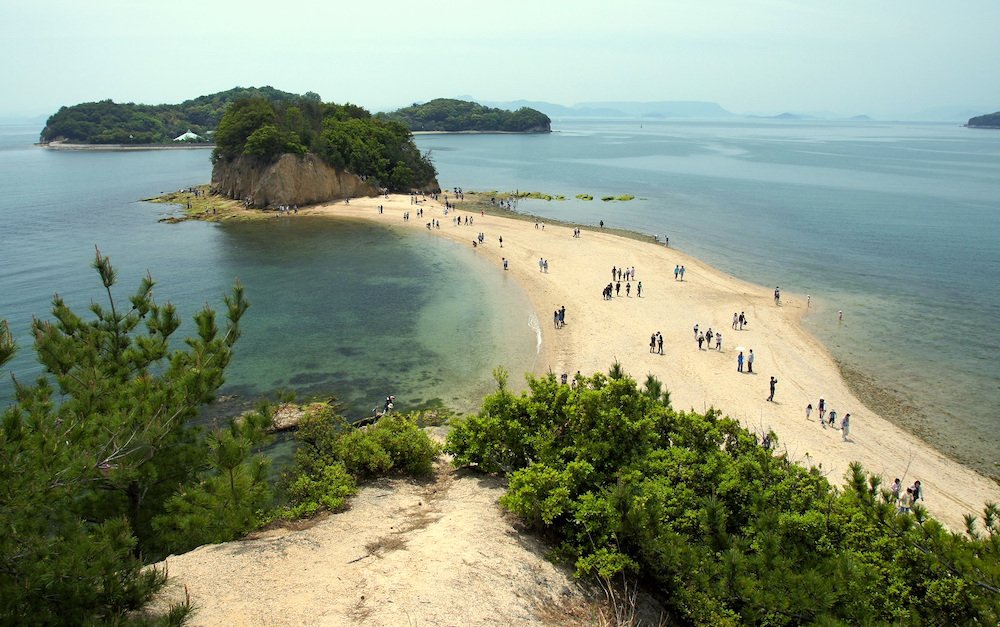
Nestled in the Seto Inland Sea of Japan, Shodoshima Island emerges as a hidden gem waiting to be discovered by avid travelers and culture enthusiasts alike.
Known for its Mediterranean-like climate, this island offers a unique blend of natural beauty, rich history, and vibrant culture, making it a must-visit destination for anyone exploring Japan.
Shodoshima, which translates to “Island of Small Beans,” has long been celebrated for its olive groves and soy sauce production, standing as a testament to the island’s agricultural heritage and ingenuity.
Shodoshima Island’s significance goes beyond its agricultural products; it’s a place where nature and culture intertwine to create a captivating experience for visitors.
From the serene beauty of olive parks that paint the landscape with shades of green to the rugged cliffs and clear blue waters that define its coastline, Shodoshima offers an escape into a world where time seems to slow down.
The island is not just a haven for nature lovers but also a cultural hotspot, boasting ancient temples, traditional soy sauce factories, and remnants of old Japan preserved in its architecture and local customs.
The unique blend of cultural and natural attractions makes Shodoshima Island an exceptional destination.
Whether it’s walking along the famous Angel Road at low tide, exploring the depths of Kankakei Gorge, or immersing oneself in the local culinary scene enriched by olives and soy sauce, the island promises an array of experiences.
Shodoshima’s allure lies in its ability to offer something for everyone; from adventurers seeking outdoor activities to those looking to delve into the cultural fabric of Japan, this island is a microcosm of the country’s diverse beauty.
Getting to Shodoshima
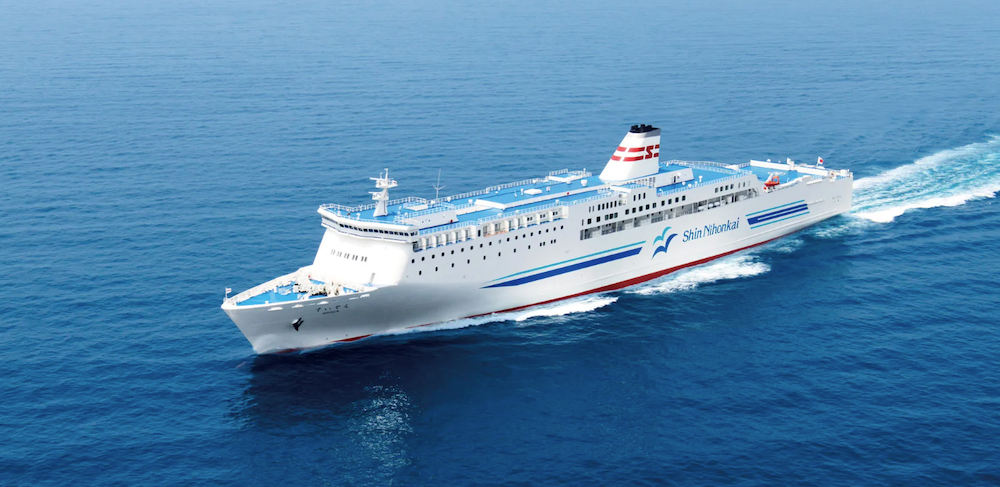
Embarking on your adventure to Shodoshima Island begins with choosing the best mode of transportation to this serene destination.
Nestled in the heart of the Seto Inland Sea, Shodoshima is accessible primarily by ferry, offering both convenience and an opportunity to soak in the stunning sea views en route to the island.
Ferry Services to Shodoshima
Ferry services to Shodoshima Island operate from several key locations on the mainland and other nearby islands.
The most popular routes for travelers start from Takamatsu in Kagawa Prefecture and Okayama City through Shin-Okayama Port.
These ferry rides not only provide a seamless connection to Shodoshima but also allow passengers to experience the scenic beauty of the Seto Inland Sea.
- From Takamatsu: Ferries departing from Takamatsu offer frequent service to Shodoshima, with options ranging from standard ferries to high-speed catamarans. The journey offers a glimpse into the tranquil beauty of the inland sea, making it an integral part of the Shodoshima experience.
- From Okayama: Access from Okayama involves a short bus or train ride to Shin-Okayama Port, followed by a ferry trip to the island. This route is particularly convenient for travelers coming from the southern part of Honshu Island.
For those looking to explore the island’s vicinity further, there are also ferry connections available from Himeji and other islands within the Seto Inland Sea.
It’s advisable to check the latest ferry schedules and fares as they can vary by season and operator.
Navigating Shodoshima Island
Once you’ve arrived on Shodoshima Island, getting around to discover its myriad attractions is straightforward, thanks to a range of transportation options suited to different travel styles and preferences.
- Rental Services: Renting a car or bicycle is highly recommended for those wishing to explore the island at their own pace. Car rentals are available near major ferry terminals, offering the freedom to traverse the island’s diverse landscapes from its olive groves to secluded beaches. For the environmentally conscious or fitness enthusiasts, bicycle rentals offer a slower-paced, but equally rewarding, way to experience Shodoshima’s scenic beauty.
- Public Transport: Shodoshima Island is serviced by a network of buses that connect major attractions, towns, and ferry ports. While bus services are less frequent than what one might be accustomed to in urban centers, they are reliable and provide an authentic local experience. It’s a good idea to plan your bus journeys in advance, keeping in mind the bus schedules, especially if you’re visiting remote areas or traveling on weekends and public holidays.
Tips for Smooth Travel
- Plan Ahead: Especially during peak travel seasons, it’s wise to book ferry tickets and rental services in advance to ensure availability.
- Stay Informed: Keep an updated map of the island and ferry schedules handy. The local tourist information centers and accommodations can provide valuable insights and recommendations for getting around.
- Embrace the Pace: Shodoshima Island operates at a relaxed pace, reflective of its laid-back island lifestyle. Allow extra time in your schedule for travel between destinations to fully enjoy the journey without rush.
Now let’s take a closer look at the best things to do in Shodoshima Island:
Historical and Cultural Sites
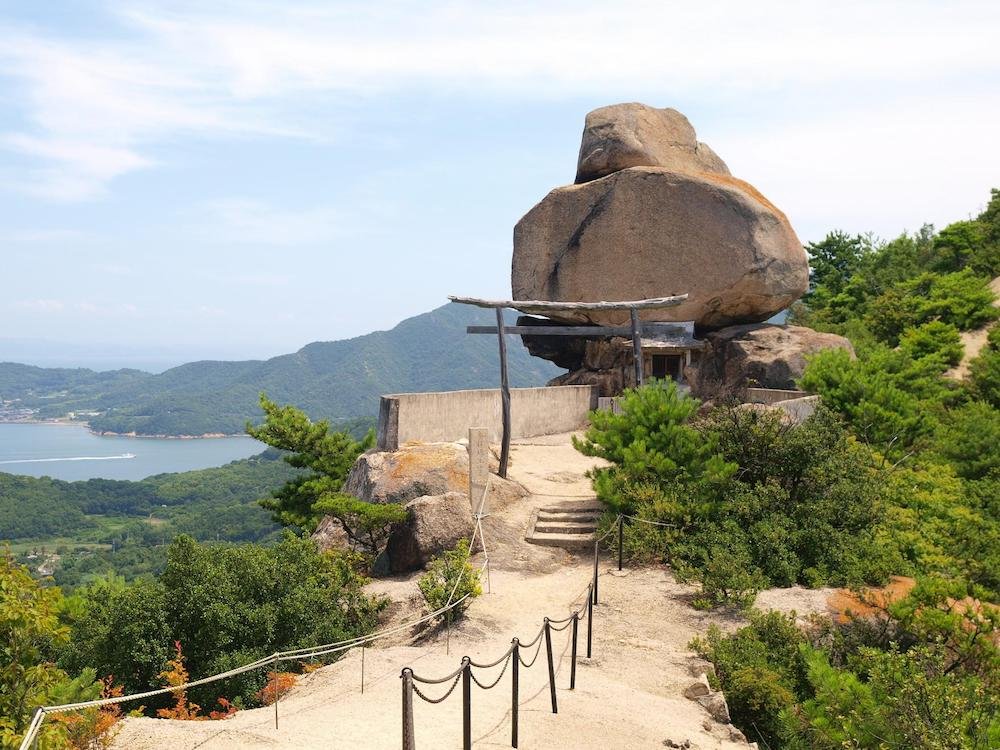
Shodoshima Island is not just a haven for nature enthusiasts but also a treasure trove of historical and cultural sites that reflect its rich heritage.
From being one of the first places in Japan to cultivate olives to its centuries-old tradition of soy sauce production, Shodoshima offers a unique glimpse into the cultural practices that have shaped the island’s identity.
Olive Parks and Museums
Shodoshima’s claim to fame in the agricultural sector is its olive cultivation, making it known as the “Olive Island.”
The island’s Mediterranean-like climate proved ideal for olive cultivation, marking it as one of the first places in Japan to grow olives successfully since the early 20th century.
Today, visitors can explore several olive parks and museums dedicated to the history and cultivation of olives on the island.
- Shodoshima Olive Park: This park not only offers a picturesque landscape filled with olive trees but also houses a Greek windmill, symbolizing the international friendship between Shodoshima and Greece. Visitors can learn about the olive oil extraction process and sample olive-based products.
- Olive Museum: Here, one can dive deeper into the history of olive cultivation on the island, understand the various olive varieties, and discover the health benefits and culinary uses of olive oil.
Exploring these olive-related attractions provides insight into Shodoshima Island’s pioneering role in introducing olives to Japan and showcases the island’s ongoing commitment to olive cultivation.
Soy Sauce Factories
Another cornerstone of Shodoshima’s cultural heritage is its soy sauce industry.
The island’s soy sauce tradition dates back centuries, with numerous family-run factories still producing soy sauce using traditional methods.
These factories ferment soy sauce in wooden barrels, a process that can take several months to years, resulting in a deep, rich flavor that has become a staple of Japanese cuisine.
- Factory Tours: Many soy sauce factories on Shodoshima offer tours to visitors, providing a behind-the-scenes look at the traditional brewing process. These tours often conclude with a tasting session, where guests can experience the nuanced flavors of artisanal soy sauce.
- Marukin Soy Sauce Museum: For those interested in the historical aspects of soy sauce production, the Marukin Soy Sauce Museum presents a comprehensive overview, from ancient brewing techniques to the modernization of the industry.
Visiting these soy sauce factories and museums not only offers a unique culinary experience but also connects visitors with the traditional crafts that have sustained Shodoshima’s communities for generations.
Shodoshima’s Temples and Shrines
Shodoshima Island is home to several historic temples and shrines, each with its own story and spiritual significance.
These sacred sites offer a peaceful retreat and an opportunity to reflect on the island’s spiritual heritage.
- Kankakei Gorge Temples: Nestled within the breathtaking Kankakei Gorge, visitors can find ancient temples that offer stunning views of the surrounding natural beauty. These temples, accessible by hiking trails, provide a serene environment for meditation and contemplation.
- Goishizan Engyo-ji Temple: This historic temple is known for its tranquil setting and traditional architecture. It offers a glimpse into the spiritual practices of the island and is a popular spot for those seeking a moment of peace amidst their travels.
Natural Attractions

Shodoshima Island is not only rich in culture and history but also in breathtaking natural beauty.
From unique geological formations to pristine beaches and rugged mountain landscapes, the island offers an array of natural attractions that appeal to nature lovers and adventure seekers alike.
Angel Road
One of Shodoshima’s most enchanting features is Angel Road, a sandbar that appears only at low tide, linking the mainland to three small, uninhabited islands.
This natural phenomenon is a must-see, offering visitors the chance to literally walk on water.
Legend has it that couples who walk hand-in-hand across Angel Road while the tide is low will find happiness together.
The best times to visit are during spring and autumn, when the tides are most favorable, and the weather is mild, making your walk across the sandbar both magical and comfortable.
Kankakei Gorge
Kankakei Gorge is renowned for its dramatic scenery, considered one of Japan’s most beautiful gorges. Formed by volcanic activity, it boasts steep cliffs, vibrant foliage, and diverse wildlife.
The gorge is a year-round attraction, with each season offering a unique palette of colors – from the fresh greens of spring to the rich reds and yellows of autumn.
Visitors can take a cable car ride to the top for panoramic views of the gorge and the Seto Inland Sea, or explore the area through its network of hiking trails that cater to various fitness levels.
Beaches
Shodoshima’s coastline is dotted with beautiful beaches, offering serene spots for relaxation and various water sports. Some of the island’s most popular beaches include:
- Kusakabe Beach: Known for its clear waters and scenic backdrop, it’s ideal for swimming and sunbathing. Facilities such as showers and changing rooms are available for visitors’ convenience.
- Tsunuga Beach: A perfect spot for families and water sports enthusiasts. The beach is equipped with rental services for kayaking and paddleboarding, making it easy to enjoy the island’s maritime beauty.
- Sakate Beach: A quieter option, Sakate Beach is great for those looking to escape the crowds and enjoy a peaceful day by the sea. Its calm waters make it suitable for snorkeling, where one can explore the rich marine life close to shore.
Outdoor Activities
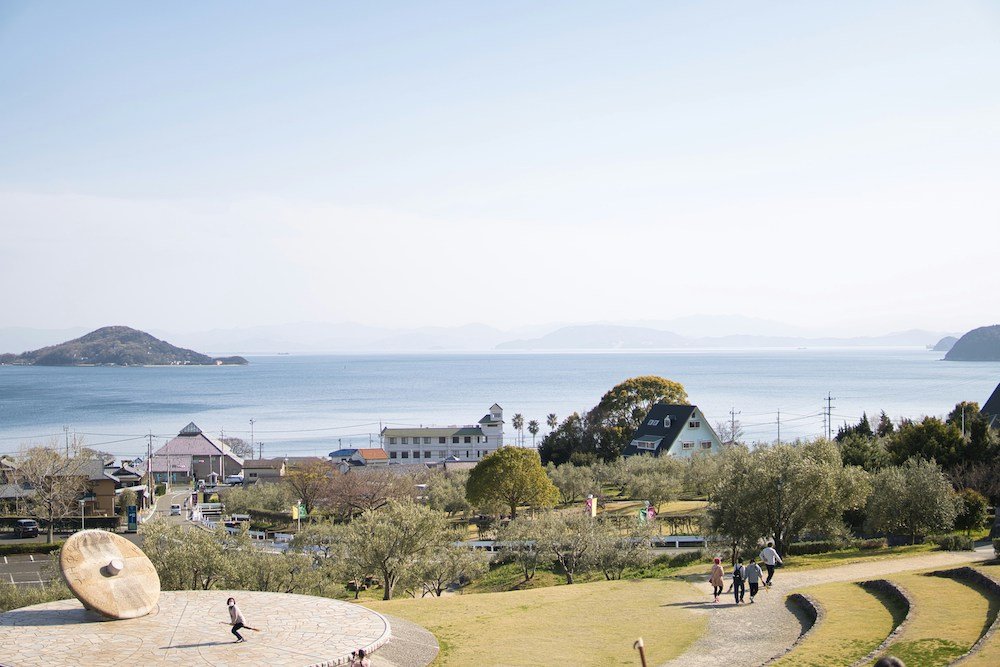
Shodoshima Island is not just a feast for the eyes but also a playground for outdoor enthusiasts.
With its varied landscape encompassing mountains, valleys, and coastlines, the island offers a plethora of activities to satisfy the adventurer in everyone.
From leisurely cycles through olive groves to challenging hikes and water sports, there’s no shortage of ways to immerse yourself in the natural beauty of Shodoshima.
Hiking
Shodoshima’s rugged terrain offers some of the best hiking trails in the region, catering to all levels of experience and fitness. Here are a few standout trails:
- Kankakei Gorge Trail: This trail offers breathtaking views as you ascend through one of Japan’s most beautiful gorges. The route is moderately challenging, suitable for hikers with some experience. Along the way, you’ll be treated to stunning vistas of the Seto Inland Sea and the island’s diverse flora and fauna.
- Olive Park Trail: For a more leisurely hike, the Olive Park Trail meanders through olive groves and offers panoramic views of the surrounding sea and landscapes. This easy trail is perfect for families and those looking for a relaxing walk in nature.
- Mount Hoshigajo: For the more adventurous, hiking to the summit of Mount Hoshigajo provides a challenging but rewarding experience. The trail is steep in parts but offers unparalleled views of the island from the top.
Cycling
Cycling is one of the best ways to explore Shodoshima at your own pace.
The island’s roads wind through scenic landscapes, from coastal roads with stunning sea views to peaceful paths through olive groves and rural villages.
- Rental Options: Bicycles can be rented from several locations around the island, including near ferry terminals and major tourist sites. Options range from standard bicycles to electric bikes, catering to different preferences and fitness levels.
- Recommended Routes: The route around the coastline offers a relatively flat and scenic ride, perfect for casual cyclists. For those seeking a challenge, the interior roads provide hilly terrain and the chance to explore the island’s heart.
Kayaking and Other Water Sports
Shodoshima’s clear blue waters are ideal for kayaking, paddleboarding, and other water sports, offering a unique perspective of the island’s beauty from the sea.
- Where to Go: The calm waters around the island’s beaches, such as Kusakabe and Tsunuga, are perfect for kayaking and paddleboarding. These areas offer safe and scenic environments for all levels of experience.
- How to Arrange for Activities: Water sports equipment can be rented from shops and facilities located at or near the beaches. Many offer guided tours and lessons, making it easy for beginners to get started. It’s recommended to book in advance, especially during peak tourist seasons, to ensure availability.
Art and Entertainment
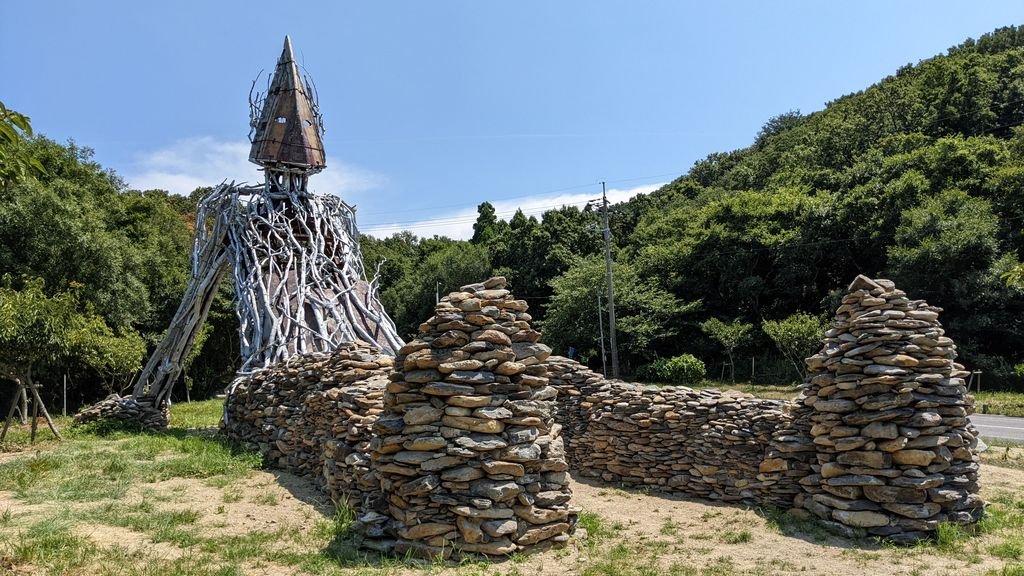
Shodoshima Island is not only a natural and cultural paradise but also a vibrant center for art and entertainment.
The island’s picturesque landscapes have inspired artists and filmmakers for decades, leading to a thriving arts scene that visitors can explore.
From classic film studios to modern art installations and leisure activities by the marina, Shodoshima offers a diverse array of experiences that cater to art lovers and leisure seekers alike.
Twenty-Four Eyes Movie Studio
The Twenty-Four Eyes Movie Studio is a must-visit for film enthusiasts and history buffs.
This open-air museum is dedicated to the classic Japanese film “Twenty-Four Eyes,” which tells the heartfelt story of a schoolteacher and her twelve students in the early 20th century.
The movie, set against the backdrop of Shodoshima’s stunning landscapes, has left a lasting legacy on the island.
Visitors to the studio can step back in time and explore the beautifully preserved film set, including the schoolhouse and teacher’s residence.
The studio not only offers a glimpse into Japan’s cinematic history but also provides stunning views of the Seto Inland Sea, making it a picturesque spot for photography.
Olive Island Marina
The Olive Island Marina is a hub of nautical and leisure activities, reflecting Shodoshima’s close relationship with the sea.
This modern marina is not only a docking point for yachts and pleasure boats but also a center for marine recreation.
Visitors can indulge in a variety of activities, from chartering boats for private tours of the Seto Inland Sea to participating in sailing lessons.
The marina area also features cafes, restaurants, and shops, offering a relaxed atmosphere for visitors to unwind and enjoy the sea breeze.
With its scenic location and range of facilities, the Olive Island Marina is a perfect spot for a leisurely day out, whether you’re an avid sailor or simply looking to relax by the water.
Art Installations and Museums
Shodoshima’s natural beauty has made it a canvas for artists, resulting in numerous art installations scattered across the island.
These works range from contemporary sculptures that blend with the landscape to traditional art forms that reflect the island’s heritage.
Visitors can embark on an art trail, discovering these installations in olive groves, along beaches, and in village squares, offering a unique way to explore the island.
In addition to outdoor installations, Shodoshima is home to several museums that showcase the work of local and international artists.
These venues host seasonal exhibitions, providing insights into the vibrant art scene and cultural expressions of the island.
Whether you’re interested in modern art or traditional crafts, Shodoshima’s art museums and galleries offer a window into the creative soul of the island.
Food and Culinary Experiences
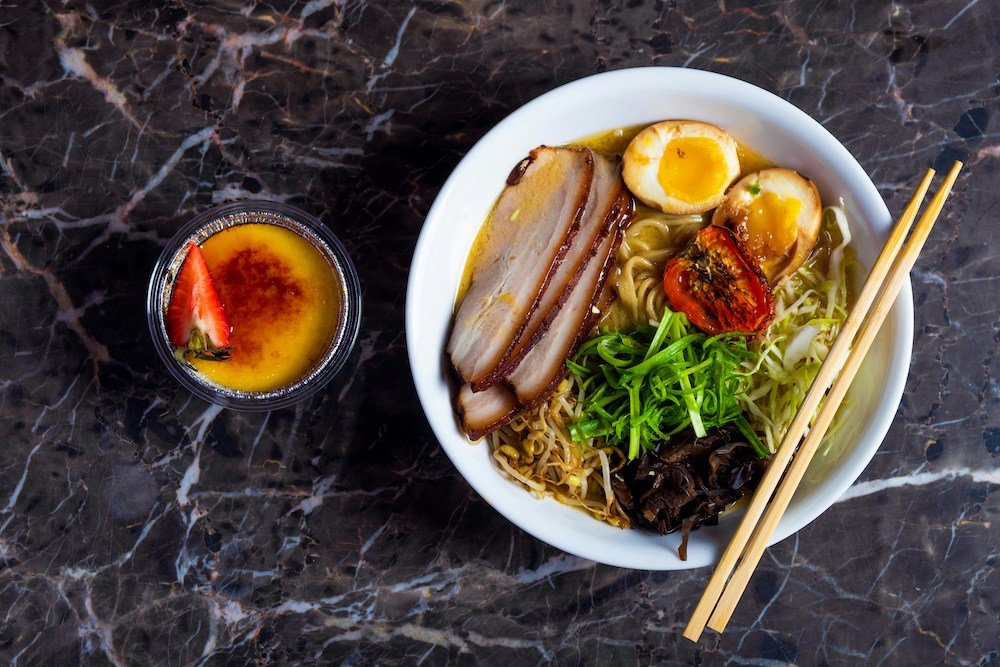
Shodoshima Island, with its rich agricultural heritage and surrounding seas, offers a unique culinary landscape that tantalizes the taste buds of food lovers.
The island’s renowned for its olive production, fresh seafood, and traditional soy sauce, providing a distinctive flavor profile that sets Shodoshima’s cuisine apart.
Exploring the local food scene is not just about indulging in delicious meals; it’s an immersion into the island’s culture and traditions.
Olive-related Cuisine
Shodoshima’s olives, known for their high quality, have given rise to an olive-related cuisine that’s both healthy and flavorful.
The island’s restaurants and cafes incorporate olives and olive oil in a variety of dishes, from salads and pastas to more traditional Japanese meals.
- Where to Find: Many eateries around the Olive Park and other tourist spots offer olive-themed dishes. Look for establishments that highlight local ingredients; they often feature creative olive-inspired menus.
- What to Try: Don’t miss the opportunity to try olive tempura, a unique twist on a classic Japanese dish. Olive-fed wagyu beef is another delicacy that showcases the subtle influence of olives in enhancing the meat’s flavor. For a lighter option, olive oil ice cream provides a refreshing, savory-sweet experience.
Seafood Specialties
Surrounded by the rich waters of the Seto Inland Sea, Shodoshima is a haven for seafood lovers. The island’s fishermen bring in a daily catch that includes everything from octopus and sea bream to mackerel and oysters, ensuring that seafood dishes are as fresh as they come.
- Best Spots: The ports of Sakate and Ikeda are renowned for their seafood restaurants, where you can enjoy the catch of the day prepared in various styles. Waterfront dining options offer the added pleasure of eating with a view.
- Seafood Dishes to Try: Sashimi and sushi made with locally caught fish are must-try dishes. For something uniquely Shodoshima, sample the grilled octopus or oyster dishes, which are often seasoned with the island’s own soy sauce, enhancing their natural flavors.
Soy Sauce-based Cuisine
Soy sauce is another cornerstone of Shodoshima’s culinary identity.
The island’s age-old soy sauce breweries produce a rich, aromatic sauce that’s integral to many local dishes.
Visiting a soy sauce factory and tasting dishes flavored with this artisanal product is a unique gastronomic experience.
- Recommendations for Experiencing Soy Sauce in Meals: Many traditional Japanese restaurants on the island offer dishes that highlight Shodoshima’s soy sauce, such as soy sauce-marinated sashimi or soy sauce-based broths used in noodle dishes and hot pots.
- Factory Tours: Some soy sauce factories on the island offer tours that include tastings. These tours provide insight into the fermentation process and the craftsmanship behind soy sauce production. Don’t miss the chance to purchase some bottles as souvenirs or gifts, allowing you to bring a taste of Shodoshima to your own kitchen.
Accommodations
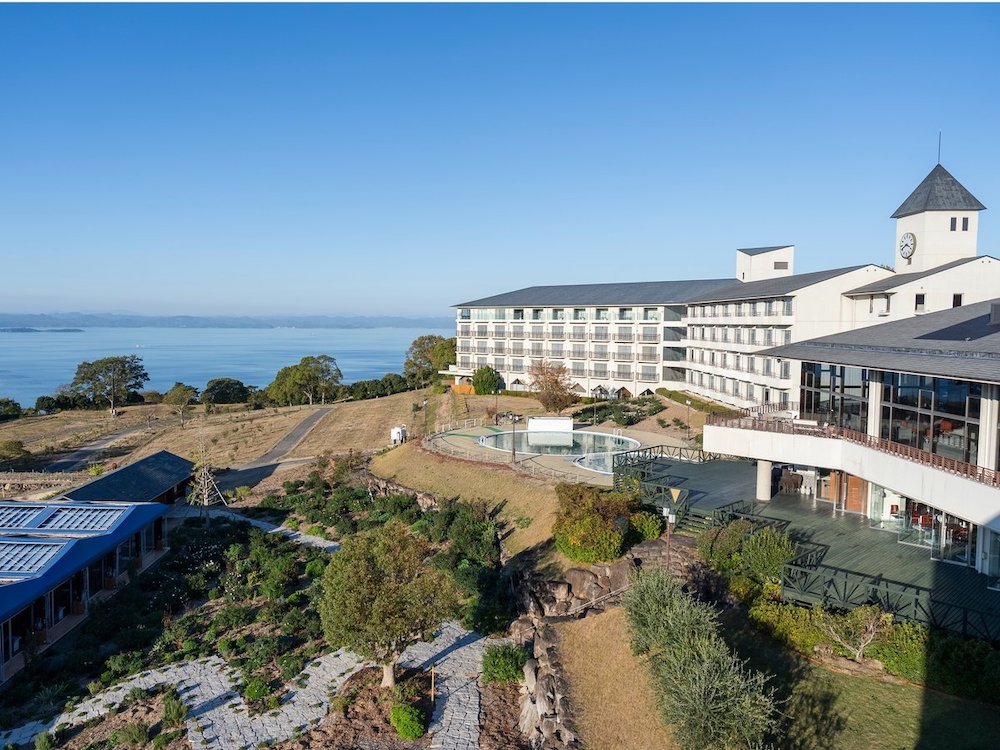
Shodoshima Island offers a wide range of accommodations to suit every type of traveler, from those seeking luxury and comfort to adventurous souls looking for budget-friendly options.
Whether you’re here to immerse yourself in the island’s natural beauty, explore its cultural heritage, or simply unwind away from the hustle and bustle of city life, you’ll find a place that feels like home.
Overview of Accommodation Options
- Luxury Resorts: For travelers seeking a pampering experience, Shodoshima boasts several luxury resorts that offer exquisite rooms, on-site dining, and spa services. These resorts often feature beautiful views of the Seto Inland Sea, providing a serene backdrop for relaxation.
- Traditional Ryokans: To experience genuine Japanese hospitality, consider staying in a traditional ryokan. These accommodations offer tatami-floored rooms, futon beds, and often include kaiseki dinners—a multi-course meal showcasing local ingredients and culinary skills. Staying in a ryokan is an excellent way to immerse yourself in Japanese culture.
- Budget Stays: For those traveling on a budget, Shodoshima offers guesthouses, hostels, and affordable hotels that provide comfortable lodging without breaking the bank. These options often cater to backpackers and solo travelers, offering a friendly and communal atmosphere.
- Vacation Rentals and Airbnb: For families or groups wanting more space and privacy, vacation rentals and Airbnb properties are available across the island. These accommodations range from modern apartments to traditional houses, giving you a taste of local life.
Tips on Choosing the Right Place
- Consider Your Itinerary: Choose accommodation based on the areas you plan to explore. Staying near your primary points of interest can save time and make travel more convenient.
- Budget Accordingly: Shodoshima offers a range of options to fit various budgets. Determine how much you’re willing to spend per night and select properties that offer the best value for your needs.
- Travel Style: If you’re looking to experience Japanese culture, a ryokan might be the perfect choice. For those seeking luxury and relaxation, a resort with spa facilities could be ideal. Budget travelers might prefer guesthouses or hostels for their affordability and social atmosphere.
- Seasonality and Booking: Shodoshima can get busy during peak travel seasons, such as spring and autumn. Book accommodations well in advance to secure your preferred lodging. Additionally, consider visiting during the off-season for potentially lower rates and fewer crowds.
Festivals and Seasonal Events
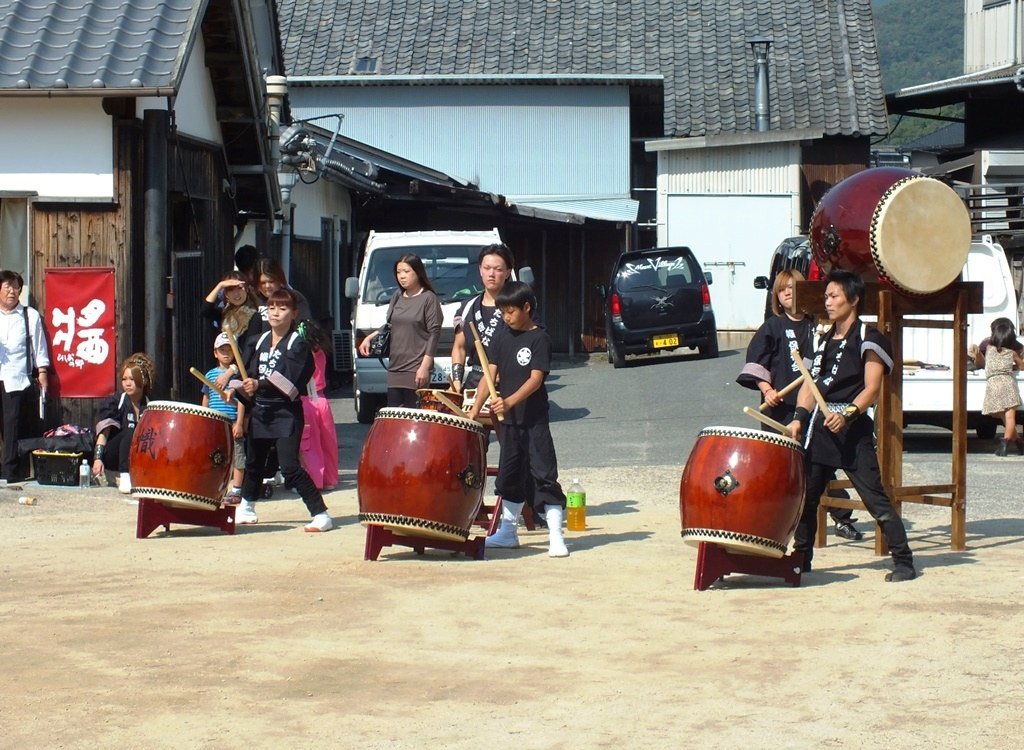
Shodoshima Island is not only a treasure trove of natural beauty and cultural heritage but also a vibrant venue for festivals and seasonal events that showcase the island’s rich traditions and community spirit.
Participating in these festivities offers visitors a unique opportunity to engage with local customs, enjoy seasonal attractions, and experience the island’s lively atmosphere at its best.
Major Festivals on Shodoshima
- Olive Harvest Festival: Celebrated in October, this festival honors Shodoshima’s olive heritage. Visitors can participate in olive picking, enjoy olive-based cuisine, and learn about the island’s olive oil production through workshops and demonstrations.
- Shodoshima Soy Sauce Festival: Held in September, this event pays tribute to the island’s centuries-old soy sauce industry. The festival features soy sauce tasting sessions, factory tours, and the opportunity to buy artisanal soy sauces directly from local producers.
- Shodoshima International Hotel and Art Festival: Spanning several months, this unique festival combines art with hospitality, where artists transform hotel rooms and public spaces into immersive art installations. It’s a must-visit for art lovers, typically taking place from late spring to early autumn.
Seasonal Attractions and Activities
The changing seasons on Shodoshima Island bring new colors, flavors, and experiences, making any time of year a great time to visit, depending on what you’re looking for:
- Spring (March to May): Spring is ideal for flower enthusiasts, with cherry blossoms and other floral displays adorning the island. It’s also a comfortable time for outdoor activities like hiking and cycling, thanks to the mild weather.
- Summer (June to August): Summer is perfect for beachgoers and water sports aficionados. The warm weather and calm seas make it the best season for swimming, kayaking, and enjoying the island’s beautiful beaches.
- Autumn (September to November): Autumn offers cooler temperatures and stunning fall foliage, particularly around Kankakei Gorge. It’s also the season for olive and soy sauce festivals, offering a deep dive into the island’s culinary culture.
- Winter (December to February): While quieter, winter on Shodoshima is serene and offers the chance to experience the island’s natural beauty in peace. Hot springs and indoor cultural activities make it a cozy getaway from the colder weather.
Practical Tips for Visitors
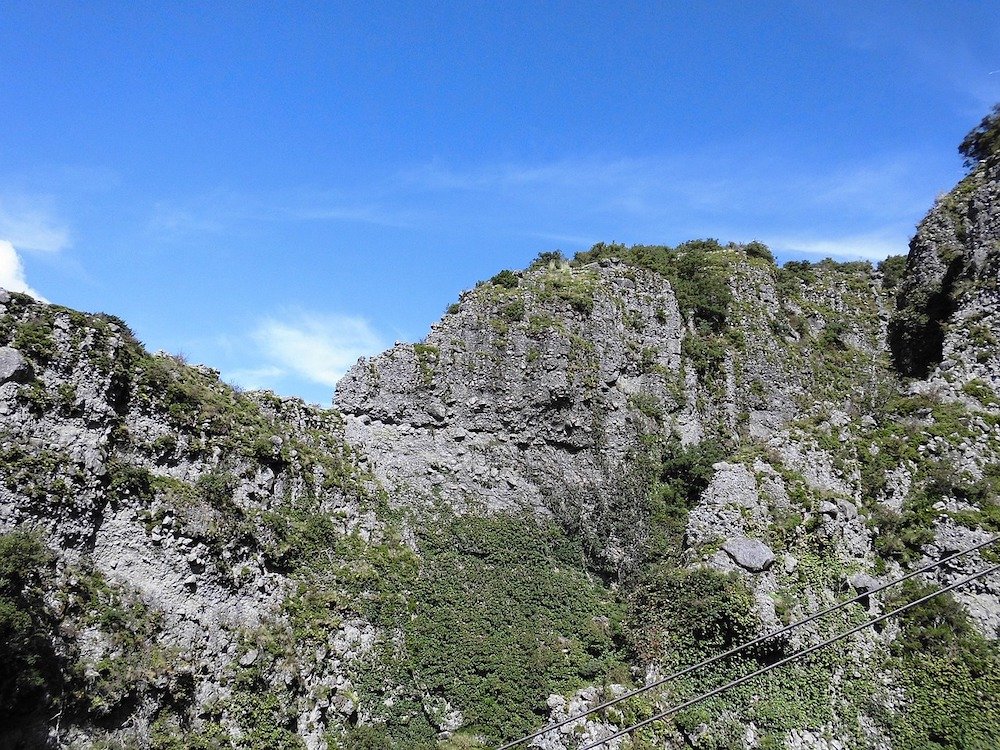
A visit to Shodoshima Island promises a wealth of experiences, from its breathtaking natural beauty to its rich cultural heritage.
To ensure a fulfilling and respectful visit, it’s important to consider practical aspects such as the local weather, cultural norms, and basic language tips.
These insights can help you navigate the island more effectively and enhance your overall experience.
Weather and Best Times to Visit
Shodoshima enjoys a relatively mild climate year-round, thanks to its location in the Seto Inland Sea.
However, the best times to visit are typically spring (March to May) and autumn (September to November).
During these seasons, the weather is pleasant, and the island showcases its stunning natural beauty, from cherry blossoms in spring to vibrant foliage in autumn.
Summers (June to August) can be hot and humid, but they offer the perfect conditions for beach activities.
Winters are mild compared to other parts of Japan, making it a quiet retreat for those looking to escape the cold.
Cultural Etiquette and Tips to Enjoy the Island Responsibly
- Respect Local Customs: Shodoshima is home to many traditional customs and practices. When visiting temples, shrines, and historical sites, be mindful of signage and local practices such as removing your shoes where required.
- Environmental Responsibility: The island’s natural beauty is one of its biggest attractions. Help preserve it by minimizing waste, staying on designated paths during outdoor activities, and respecting wildlife habitats.
- Support Local Businesses: Engaging with and purchasing from local artisans, farmers, and small businesses not only enriches your travel experience but also contributes to the island’s economy.
Language Tips and Useful Phrases for International Visitors
While many locals may speak some English, especially in tourist areas, appreciating the Japanese language will enhance your interaction with residents and show respect for their culture.
Here are a few useful phrases:
- Hello: Konnichiwa (こんにちは)
- Thank you: Arigato (ありがとう) or Arigato gozaimasu (ありがとうございます) for more formality
- Excuse me / Sorry: Sumimasen (すみません)
- Yes: Hai (はい), No: Iie (いいえ)
- Do you speak English?: Eigo wo hanasemasu ka? (英語を話せますか?)
- How much is this?: Kore wa ikura desu ka? (これはいくらですか?)
Learning these basic phrases not only helps in everyday interactions but also shows your effort to embrace the local culture, often leading to warmer receptions and more enriching experiences.
Conclusion
Shodoshima Island stands as a testament to Japan’s incredible diversity and richness, offering a unique blend of natural beauty, cultural depth, and historical significance.
From the serene olive groves that dot its landscape to the traditional soy sauce factories that continue age-old practices, the island presents an array of experiences that are both enriching and enlightening.
Its festivals celebrate the local heritage and seasons, inviting visitors to partake in the community’s vibrant life.
Meanwhile, the natural wonders of Shodoshima—from the enchanting Angel Road to the majestic Kankakei Gorge—provide a backdrop for adventure and relaxation alike.
The island’s culinary scene, with its emphasis on fresh, local ingredients—from olive-infused dishes to the bounty of the sea—offers a taste of Shodoshima’s unique flavors and traditions.
Accommodations ranging from luxury resorts to traditional ryokans cater to every preference, ensuring a comfortable stay filled with warm hospitality.
Moreover, the opportunity to engage in various outdoor activities, explore art installations, and immerse oneself in the local festivals and events allows for a deeper connection with Shodoshima’s culture and natural environment.
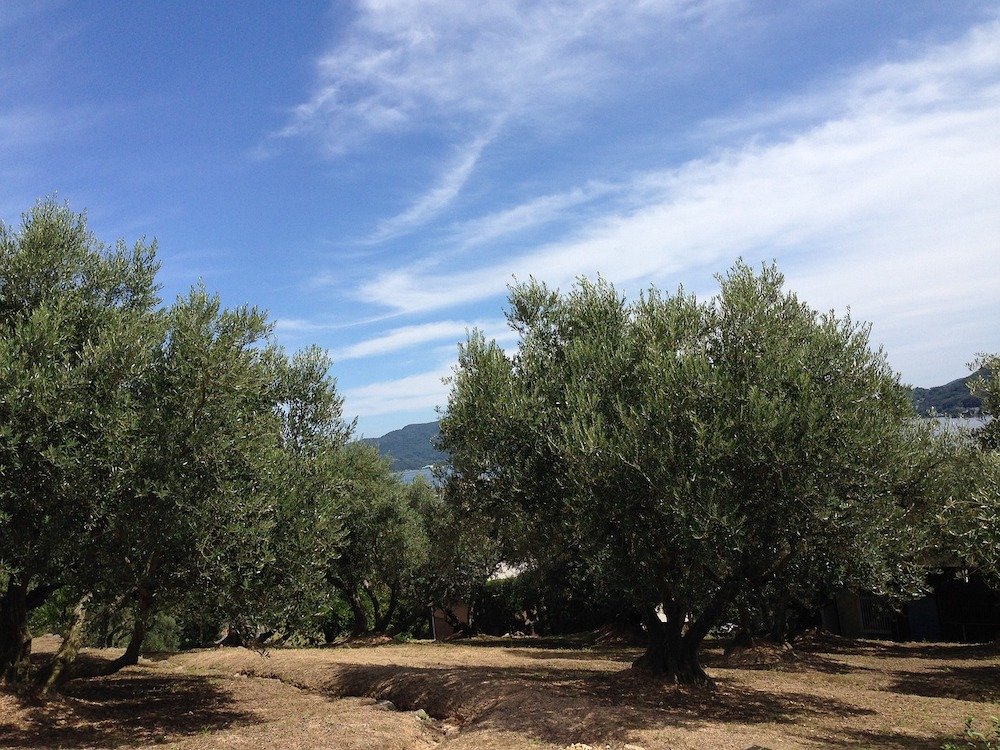
FAQ’s About Shodoshima Island:
How do you get around Shodoshima Island?
Getting around Shodoshima Island is convenient and accessible through various modes of transportation suited to different preferences.
The most common ways to explore the island include renting a car, using bicycles, and relying on the local bus service.
Renting a car offers the most flexibility, allowing visitors to travel across the island at their own pace and reach more remote areas easily.
Bicycles are perfect for those who wish to enjoy the scenic beauty up close, with rental services available near ferry terminals and key tourist spots.
For those preferring not to drive or cycle, the local bus service connects major attractions, towns, and ferry ports, though it’s important to check the schedule as services may be less frequent than in urban areas.
Is Shodoshima worth it?
Absolutely, Shodoshima Island is worth visiting for anyone interested in experiencing a blend of natural beauty, cultural richness, and culinary excellence.
The island offers a diverse array of attractions—from olive groves and soy sauce factories that speak to its agricultural heritage to stunning natural formations like Kankakei Gorge and Angel Road.
Moreover, its art installations, traditional festivals, and opportunities for outdoor activities like hiking and kayaking provide a comprehensive and enriching travel experience.
Whether you’re a nature lover, food enthusiast, or cultural explorer, Shodoshima provides a captivating destination that caters to varied interests.
What is Shodoshima known for?
Shodoshima Island is renowned for several unique attributes that distinguish it as a special destination within Japan.
It is most famously known for being one of the first places in Japan to successfully cultivate olives, earning it the nickname “Olive Island.”
The island’s olive groves and related products, like olive oil and olive-based cosmetics, are celebrated across the country.
Additionally, Shodoshima has a rich history in soy sauce production, with its traditional breweries offering insights into the artisanal process of soy sauce making.
The natural beauty of Shodoshima, highlighted by the spectacular Kankakei Gorge, serene beaches, and the mysterious Angel Road, further adds to the island’s allure.
Where is Shodo Island?
Shodo Island, more commonly known as Shodoshima, is located in the Seto Inland Sea of Japan.
It belongs to Kagawa Prefecture and is situated between Honshu and Shikoku, two of Japan’s main islands.
The island is part of the Shikoku region and is accessible by ferry from various points, including Takamatsu in Kagawa Prefecture and Okayama on Honshu.
Its location within the calm waters of the Seto Inland Sea makes it a popular destination for both domestic and international travelers seeking a blend of natural beauty, cultural experiences, and culinary delights.
How do I get to Shodoshima Japan?
To get to Shodoshima, Japan, travelers typically use ferry services that connect the island with the mainland and other nearby islands.
The main access points are from Takamatsu in Kagawa Prefecture and Okayama City.
- From Takamatsu, ferries depart regularly for Shodoshima, offering a straightforward route for those coming from Shikoku or via the Seto Ohashi Bridge from Honshu.
- From Okayama City, travelers can reach the port of Uno by train or bus, from where ferries to Shodoshima depart. This route is convenient for those coming from the Kansai region or other parts of western Honshu.
Additionally, there are ferry services from other locations such as Himeji and Kobe, providing alternative routes to reach the island.
Once on Shodoshima, visitors can choose between various transportation options to explore the island, as mentioned earlier.
